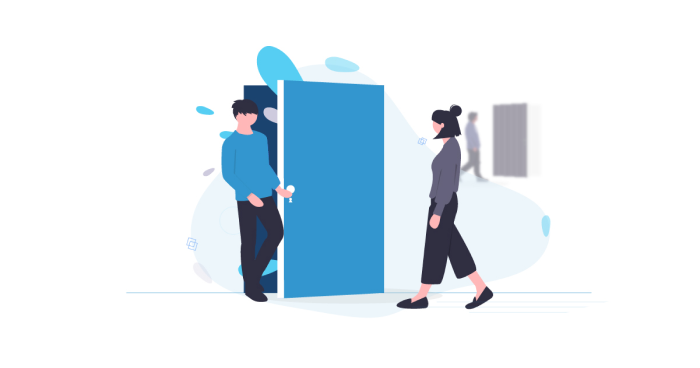Why Churn Is a Silent Killer for SaaS Companies
Customer churn doesn’t just affect your metrics, it threatens your momentum.
Even one lost customer can ripple across revenue, referrals, morale, and product feedback loops. And if you don’t have a system in place to identify at-risk customers early, you’ll be stuck playing defense when it’s too late to recover the relationship.
This guide will show you how to:
- Proactively define and identify “at-risk” customers.
- Use feedback loops from churned accounts to prevent future losses.
- Create action plans that reduce churn and increase expansion opportunities.
Step 1: Get Feedback From Churned Customers
One of the biggest missed opportunities in churn prevention? Not learning from the customers you’ve already lost.
Churned customers hold answers to questions like:
- Where did the onboarding experience break down?
- What feature was missing that made them switch?
- How well did your product actually solve their job-to-be-done?
You’ll get the most honest feedback when you:
- Use exit surveys with targeted questions.
- Conduct personal churn interviews (especially for strategic accounts).
- Send anonymous follow-up emails asking for “what could’ve helped”.
This feedback is gold for product roadmaps, onboarding fixes, and positioning pivots.
Step 2: Define What “At-Risk” Means for Your Business
Every SaaS company needs a shared definition of customer risk. Without it, your team will rely on gut feelings instead of measurable triggers.
Start by analyzing which customers have churned in the last 6–12 months? What traits, behaviors, or signals did they share?
Common churn signals include:
- Drop in product usage
- Low engagement with support or success
- Missed QBRs or check-ins
- Billing issues or contract delays
- Negative CSAT or NPS feedback
- Organizational changes (new leadership, layoffs)
Work with customer success, sales, and marketing to create a churn risk scorecard and make it part of your CRM.
Step 3: Build a Proactive At-Risk Customer Playbook
Once you’ve identified your at-risk customers, what’s your plan to keep them?
Your churn prevention playbook should include:
- Personalized outreach sequences (CSM check-in, exec touchpoint, education session).
- Usage audits (proactively showing value with usage reports).
- Win-back campaigns with tailored offers or service.
- Product training refreshers for underutilized features.
- Feedback sessions to let them feel heard and invested in your roadmap.
Pair churn signals with automated workflows that alert CSMs or trigger playbooks in your customer success tool (e.g., Gainsight, HubSpot, or Vitally).
Step 4: Use Customer Health Scoring to Predict Churn
Don’t just react, predict. Use customer health scoring to track retention risk across your accounts.
Metrics might include:
- Daily/weekly active usage.
- License adoption rate.
- Support ticket volume.
- Stakeholder engagement.
- Renewal or upsell history.
Assign weightings, track trends, and flag red zones. This helps prioritize which customers need attention now and which are growth-ready.
Step 5: Make Churn Prevention a Company-Wide Effort
Retention is not just a support team problem. It’s a cross-functional priority.
Make sure:
- Product gets direct insight into churn reasons.
- Sales knows when a deal is at risk of not renewing.
- Marketing supports customer education and expansion.
- Leadership reviews churn themes regularly in QBRs.
Bonus: Add Expansion Signals to Your Retention Strategy
Retention and expansion go hand in hand. Look for customers who:
- Are increasing usage.
- Have hired new teams.
- Asked about additional features or services.
Your churn prevention engine should evolve into a customer success flywheel, one that reduces risk and unlocks growth.
Ready to Reduce Churn and Strengthen Retention?
Kalungi helps B2B SaaS companies build retention strategies that drive renewal, upsell, and expansion. We can help you design a churn prevention system tailored to your ICP, product, and GTM motion.
Book a free discovery call here.
